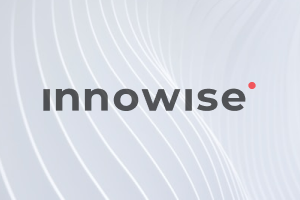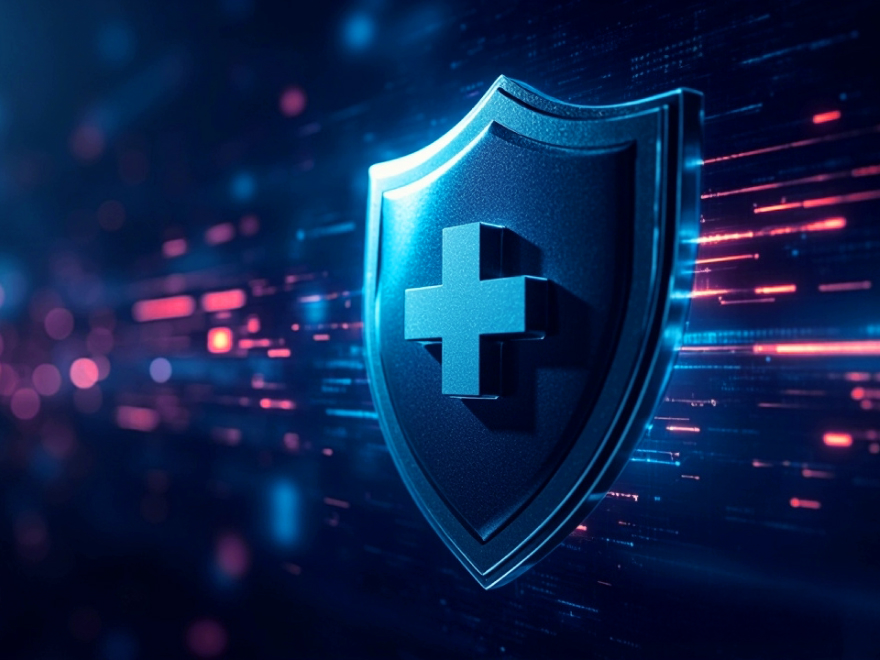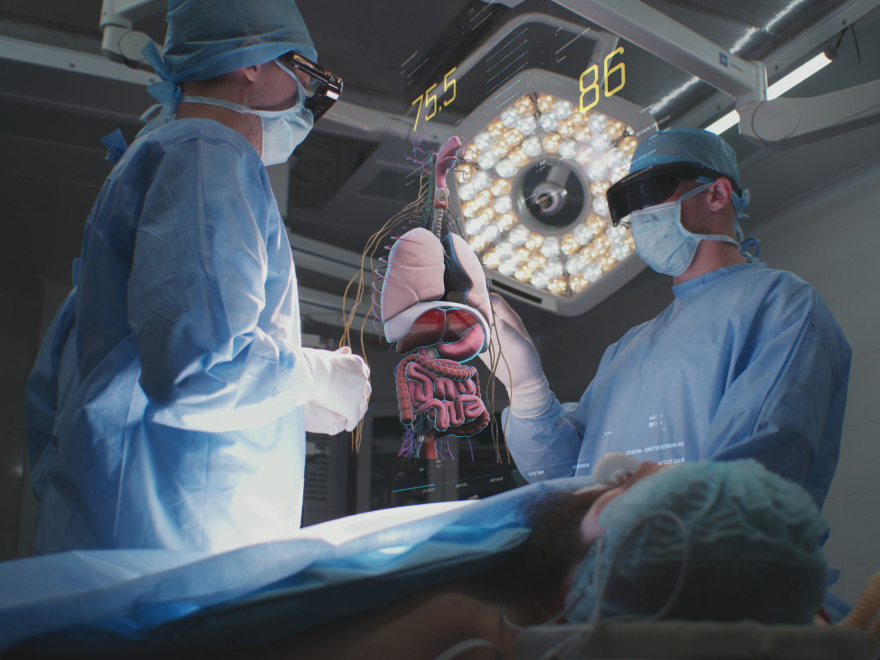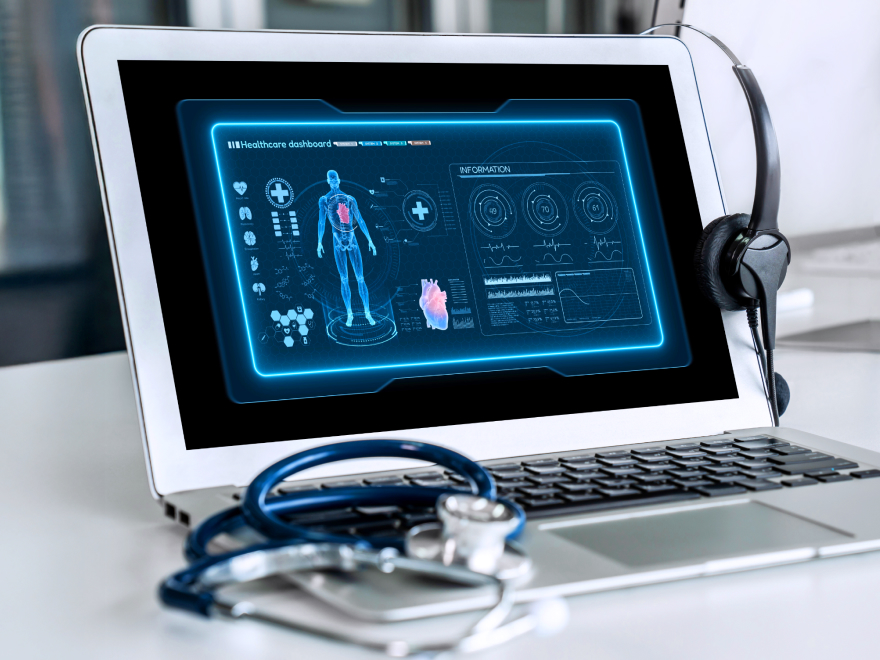Votre message a été envoyé.
Nous traiterons votre demande et vous contacterons dès que possible.
Le formulaire a été soumis avec succès.
Vous trouverez de plus amples informations dans votre boîte aux lettres.

Sélection de la langue


Healthcare data comes in many forms — clinical, administrative, patient-generated, and financial. With the rise of DSE, connected devices, and Outils d'IA, healthcare data has exploded in both volume and variety. But, sadly, more data doesn’t automatically mean better care. In fact, 47% of healthcare data is still underutilized in decision-making. That’s like paying for a three-course meal and only eating the main dish, while the rest goes to waste.
And the impact isn’t just theoretical. 77% of healthcare professionals say they lose clinical time due to incomplete or inaccessible patient data. For 1 in 3, that adds up to over 45 minutes per shift, roughly 23 full days a year spent chasing information that should’ve been there in the first place. My team at Innowise spends a lot of time fixing problems exactly like this. To do it right, you need to understand what kinds of data healthcare organizations deal with, and I’ll walk you through them in this article.
Healthcare data is everything that is recorded, exchanged, or analyzed when delivering care. This includes clinical data such as lab results and imaging, administrative data like hospital staffing and resource use, financial data like billing records and insurance claims, and patient-generated data from wearables and health apps.
When utilized properly, this data can improve care in real and lasting ways. Doctors are able to spot early signs of deterioration, avoid duplicate tests, and adjust treatments based on real-world outcomes. On a larger scale, healthcare data supports clinical research, policy decisions, forecasting flu seasons, and modeling population risk in chronic disease.
Let’s break down the different types of healthcare data we work with and see how they’re used in real clinical settings.
Healthcare organizations deal with broad types of data, each serving a different purpose, whether it’s direct patient care, hospital operations, or administrative workflows. Let’s explore the four main healthcare data types.
Operating as the backbone of patient care, clinical data includes everything captured during patient assessment, diagnostics, treatment, and follow-up care. This type of healthcare data is the most directly tied to patient outcomes: it tells healthcare professionals what’s going on with the patient, what’s been done, and how they responded to care.
Administrative data details how the healthcare organization runs behind the scenes. It doesn’t directly impact diagnoses or treatments, but it plays a huge role in care delivery efficiency. It tells both management and executives how resources are being used, how patients are being treated, and where bottlenecks occur. Hospitals rely on administrative data to make strategic decisions, like buying new equipment or building a new wing.
This type of healthcare data helps healthcare professionals fill in the gaps between clinical visits. It comes directly from the patient, often via wearables, mobile apps, or online surveys. Patient-generated data reflects real-world lifestyle choices, behaviors, and health metrics. When used effectively, it gives providers a clearer picture of what’s happening in the day-to-day lives of their patients, beyond the often short appointment windows.
This data helps healthcare providers keep track of the budget and the organization’s financial health. It captures all cost-related information, from insurance reimbursements to hospital revenue and operating expenses. This data is essential for budgeting, forecasting, and optimizing resource allocation. What I find most important, it also helps align financial performance with quality-of-care goals under value-based care models.
But how do the different types of clinical data actually work in practice and strengthen medical decision-making? Let’s dig deeper into clinical data examples and take a look at the real-world use cases it powers.
"You can have all the clinical data in the world, but if it’s scattered across systems and stored in incompatible formats, it’s practically useless. Healthcare organizations need consistent formats, shared protocols, and clean handoffs between systems. Interoperability standards like HL7, FHIR, and DICOM are what turn scattered records into actionable information. Without them, it’s just more chaos."

Gestionnaire de portefeuille dans le domaine des soins de santé et des technologies médicales
When you connect the dots of clinical data into one, clear picture, it becomes the foundation for everything from personalized treatments to population-level insights. Here are some of the most powerful ways clinical data is driving better care and smarter systems today:
Healthcare data is one of the most powerful tools clinicians have, but only if they put it to use. Understanding the different types of data in healthcare, be it clinical, administrative, or financial, is what helps doctors deliver better care, researchers push medical breakthroughs, and healthcare systems run more efficiently. When data is accurate and connected, it becomes a foundation for smarter decisions at every level of care.
If you’re exploring how to put your healthcare data to work or struggling with fragmented apps that don’t exchange information, Innowise can help. We’ve built data-driven solutions informatiques pour les soins de santé for businesses across the US and EU, so if you’re ready to take the next step, parlons-en.

Senior Technical Delivery Manager dans le domaine des soins de santé et des technologies médicales
Aleh a une forte compréhension de ce qui fait que les logiciels de soins de santé et de technologie médicale fonctionnent vraiment. Il dirige avec clarté technique et connaissance du secteur, s'assurant que chaque projet apporte une valeur à long terme - pas seulement un code qui fonctionne, mais des systèmes qui comptent.












Votre message a été envoyé.
Nous traiterons votre demande et vous contacterons dès que possible.

En vous inscrivant, vous acceptez notre Politique de confidentialitéy compris l'utilisation de cookies et le transfert de vos informations personnelles.